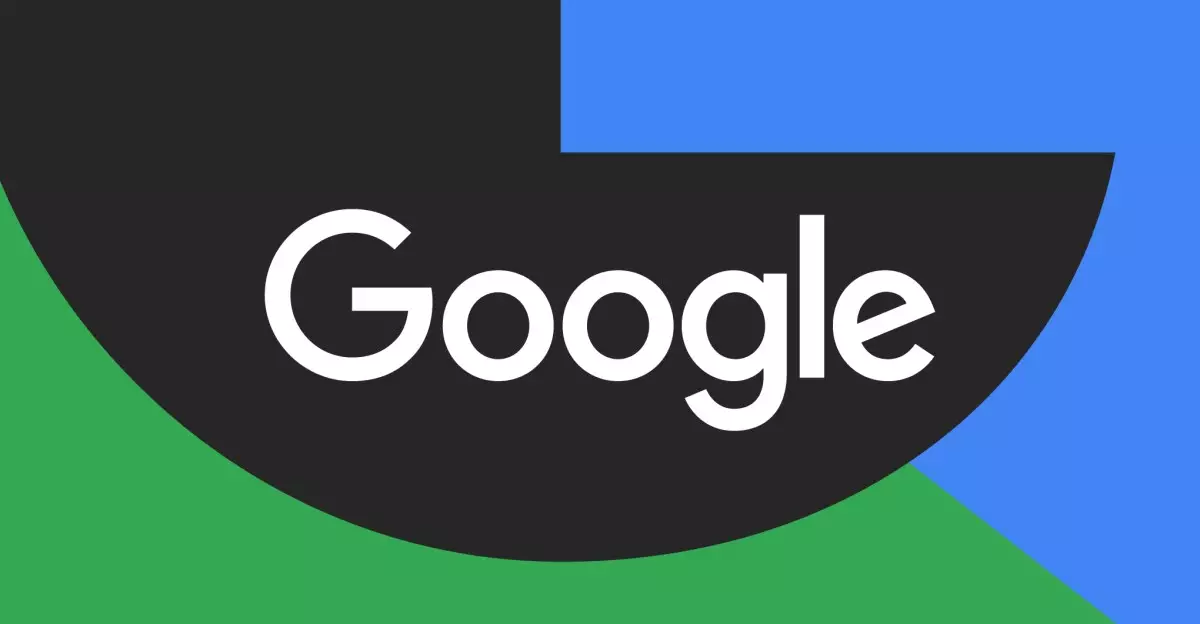In a rapidly evolving digital landscape, tech companies are increasingly faced with the challenge of safeguarding their users, especially minors, from potential threats. Google, a behemoth in the tech industry, is stepping up its game by implementing machine learning technology to estimate the age of its users. This move is not merely a technical enhancement; it signals a pivotal shift in the way platforms handle age verification and user safety.
The necessity for efficient age verification mechanisms has never been more pressing. With a plethora of content available at the click of a button, minors are often exposed to materials that may not be suitable for their age group. Google’s latest initiative is rooted in the desire to create “age-appropriate experiences” for its users, highlighting the company’s commitment to not only improving its service but also prioritizing user safety.
As the digital ecosystem adapts to growing concerns around online child safety, initiatives like the Kids Online Safety Act (KOSA) and the Children’s Online Privacy Protection Act (COPPA) have come to the forefront. These regulations reflect society’s recognition of the need for stricter guidelines to protect younger demographics online. Google’s attempt to harness machine learning for age estimation is a direct response to this societal shift, aiming to align its practices with legal and ethical standards.
Google’s new age estimation technology employs an intelligent machine learning model that analyzes a variety of user data. By scrutinizing factors such as the types of videos watched on YouTube, account age, and even user behavior across its platforms, Google can determine if an individual is likely under the age of 18. This multifaceted approach to age verification not only streamlines the process but also reduces reliance on intrusive verification methods, which can often lead to user frustration.
Once a user is flagged as potentially underage, Google initiates a response, informing them of modified settings and providing options for further age verification through means such as selfies or ID verification. This proactive stance underscores the need for trust and transparency in how tech companies interact with their users.
One of the pivotal features of this new technology is its potential for enhanced content control on platforms like YouTube. By restricting access to explicit content and applying existing features, such as the SafeSearch filter, Google aims to create a safer browsing environment for younger audiences. This use of technology reflects a growing trend among tech giants like Meta, who are also exploring AI solutions to address age-relevant issues.
The introduction of this model indicates a paradigm shift in online content moderation. With users increasingly aware of the risks associated with unfiltered access to the internet, the demand for regulated content is ever-growing. Google’s initiative demonstrates an acknowledgment of this reality, aligning its operations with user expectations for a safer online experience, particularly for minors.
While the rollout of Google’s age estimation technology is centered in the United States, the company has ambitions to expand to other countries, likely adapting its technology to fit varying legal and social norms. Maintaining compliance with local regulations while ensuring user safety will be a critical balance for Google in its global operations.
Additionally, Google’s commitment to transparency in age estimation at the account level suggests a foresight into potential user anxiety surrounding AI advancements. Communication about how these systems work and the implications for privacy will be crucial. Users are entitled to understand how their data is being utilized, especially when it pertains to sensitive details like age verification.
Google’s proactive approach to leveraging machine learning for age verification signifies a watershed moment for online safety, particularly for younger users. As digital platforms continue to battle scrutiny and regulation, initiatives like this will play an essential role in fostering safer online environments. By combining technological innovation with user-centric safeguards, Google and its contemporaries may redefine the standards for online conduct and safety in the years to come. This advancement is not merely a response to regulatory pressures, but a holistic commitment to the wellbeing of users in an interconnected world.

